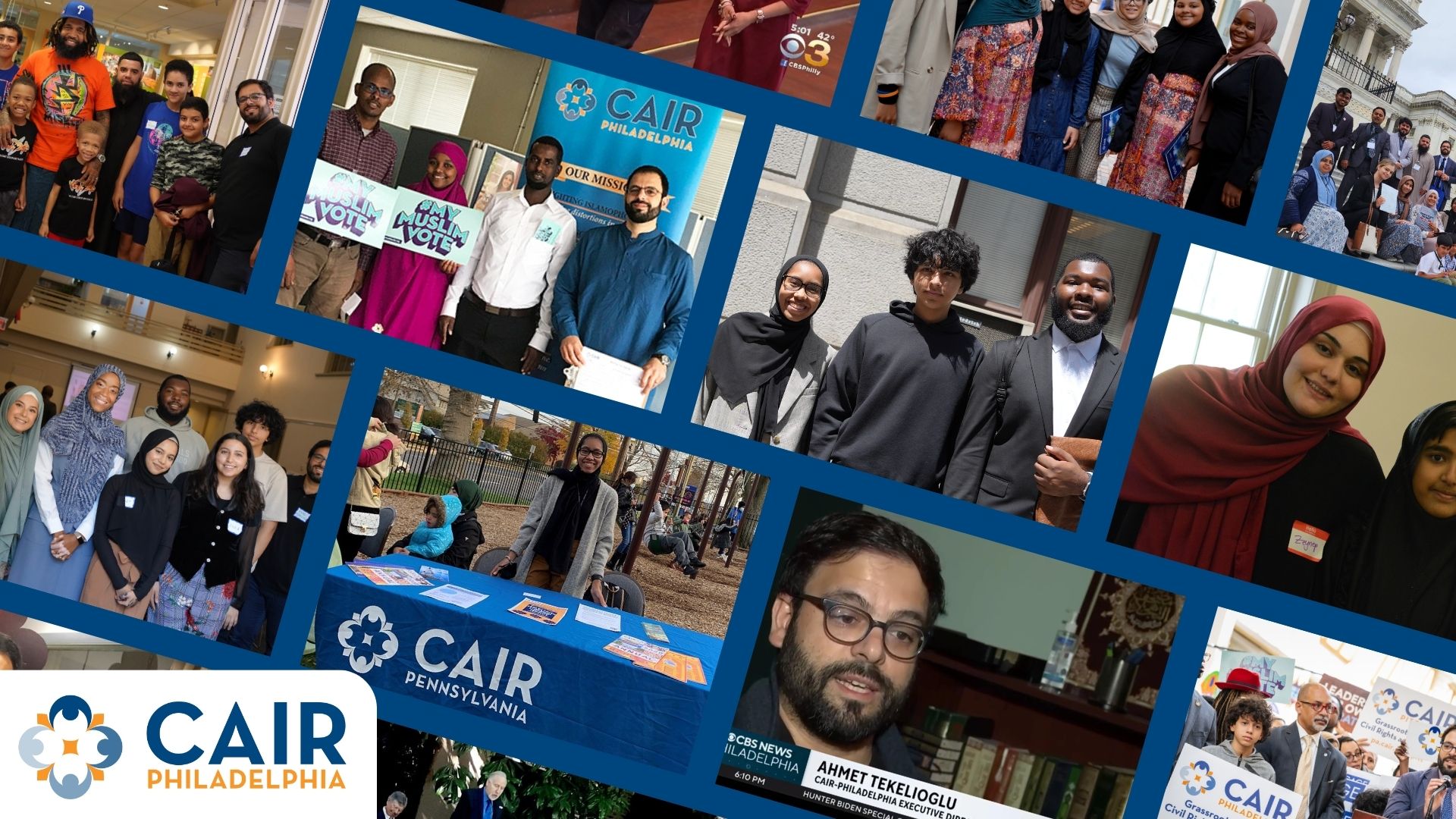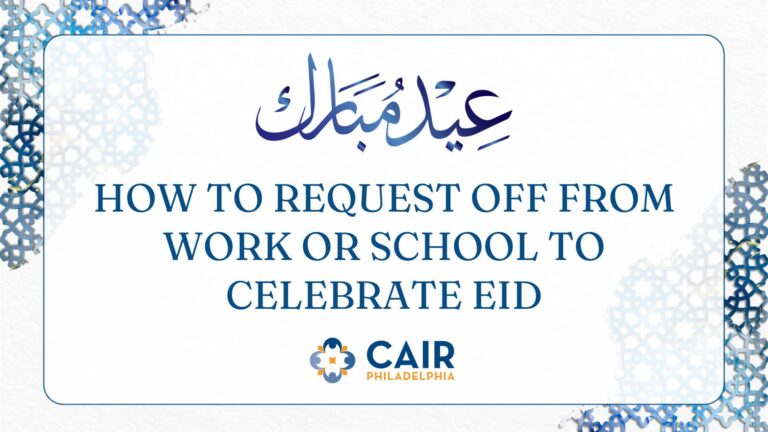 by Rabiya Khan, CAIR-Philadelphia Advisory Board Member
by Rabiya Khan, CAIR-Philadelphia Advisory Board Member
When statistics show[1] that only 18% of women attend mosques and that over 2/3 of mosques use dividers, while only 13% of mosques allow female participation on boards, it’s no wonder Muslim women feel like second-class citizens in their communities.
These statistics were shared during CAIR-Philadelphia’s groundbreaking Muslim Women in Sacred Spaces Symposium on February 6th at Villanova University.
The guest speakers examined several factors that stem from the absence of women in mosques. One finding explored how children are less likely to attend mosques when their mothers don’t feel comfortable or welcome. This includes divorced and widowed women – another largely ignored demographic in the Muslim community. Their absence poses a great threat, because if the youth don’t feel a sense of community and belonging at their mosque, they will find other places to “hang out” – places that are usually unsupervised.
Mosques in America are multi-purpose spaces that serve as community centers, wedding venues, school houses, banquet halls, recreational outlets and much more. But what’s at times forgotten is that the main purpose of a mosque is to serve the spiritual needs of each member of the community.
Unfortunately, this doesn’t seem to be the case in many places of worship.
The issues our guest speakers were asked to address included: Why women were made to feel like an afterthought in the design and planning process of the mosque; How the concept of fitnais often cited as a primary reason for women’s marginalization or exclusion from mosques; and how certain ahadith are understood and applied and even ignored in relation to women attending mosques.
Throughout the morning, panelists cited Qur’anic text and hadith to clear up misinterpretations of the sayings and practice of the Prophet.
After listening to the speakers, attendees broke into small groups to discuss their plans and goals for an ideal mosque. My group created an open space for both men and women to pray, with a removable three foot barrier which offered a clear sight line for women to see the Imam or Khateeb. We had a supervised room for small children, large recreational space for youth and open space for families to sit together and enjoy other community events.
We all agreed on one thing, it’s time to change the status quo of women in mosques. We have more to offer than just catering services and childcare for special events. Creating sacred spaces for women is imperative, especially if we want our mosques to serve as places of spiritual growth for the Ummah, and as the organizational foundation upon which the survival of American Islam is secured.
The Prophet (peace be upon him) said “Do not prevent the female servants of Allah from the masjids of Allah.” (Muslim)
[1] Report from the Mosque Study Project (MSP) conducted by CAIR, ISNA, Ministry of WD Muhammad & ICNA, 2001
Material from the Symposium
Introduction (PDF): Presents the purpose of the symposium, gives bios for the speakers, and outlines the discussion topics for participants.
Video Playlist: 6-part video series with speakers’ presentations plus question and answer session.
PowerPoint Presentation (expanded PPT / handout) of the feedback and recommendations that were given by participants at the symposium.
ISNA Statement on the Inclusion of Women in Masjids (PDF) – Statement calling for a recommitment to the Prophetic ideal of mosques being open and friendly to women.





